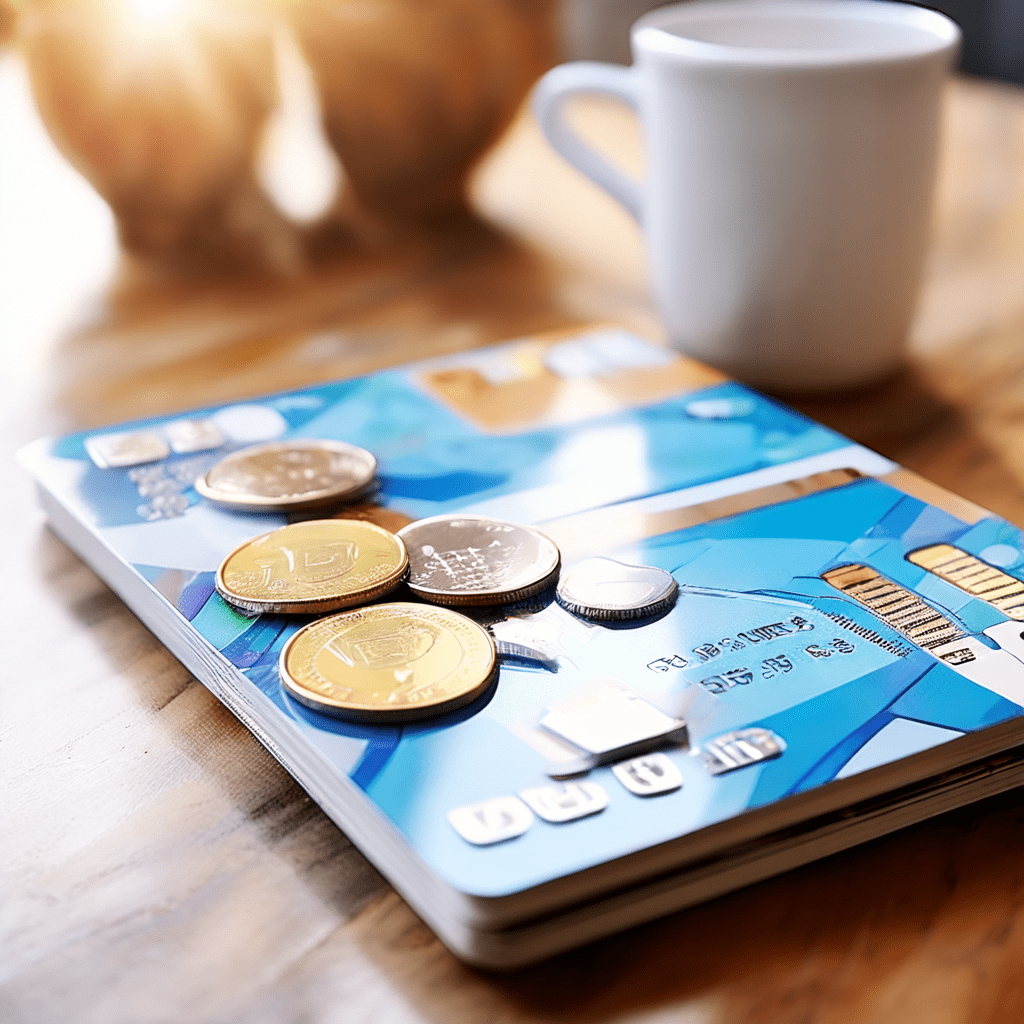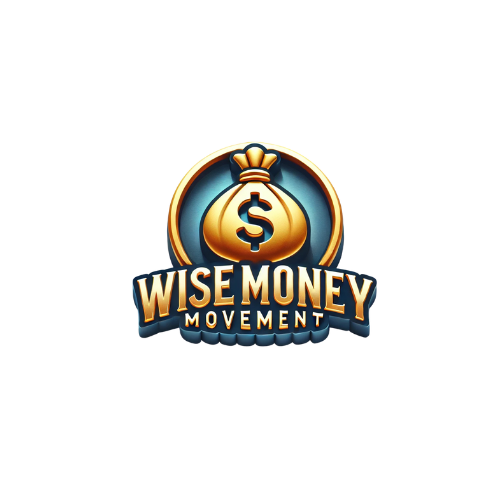Table of Contents
Introduction: The Crushing Weight of Credit Card Debt
Credit card debt is a pervasive issue that affects millions of individuals and families worldwide. The allure of easy credit and the convenience of plastic can quickly lead to a mountain of debt that feels insurmountable. The burden of high-interest rates, late fees, and minimum payments can wreak havoc on your financial well-being and mental health. But don’t despair – there’s a path to freedom from credit card debt. This comprehensive guide will equip you with the knowledge and strategies needed to tackle your debt head-on and regain control of your finances.

Understanding the Enemy: Unraveling the Complexities of Credit Card Debt
Before embarking on the journey to conquer credit card debt, it’s essential to delve deeper into the intricacies of this financial adversary. Armed with a comprehensive understanding of how credit card debt accumulates and the factors that contribute to its growth, you’ll be better equipped to develop effective strategies for overcoming it.
How Credit Card Debt Accumulates: The Revolving Balance Trap
At its core, credit card debt is a form of revolving credit. This means that you have a credit limit, and you can borrow against it up to that amount. When you use your credit card to make purchases, you’re essentially taking out a short-term loan from the credit card company. If you don’t pay off the entire balance by the due date, the remaining amount becomes your revolving balance.
This revolving balance is where the trouble begins. Credit card companies charge interest on any unpaid balance, and these interest rates can be exorbitant, often exceeding 20% annually. This means that the longer you carry a balance, the more interest you accrue, making it increasingly difficult to pay off your debt.
The Snowball Effect: How Interest Rates Compound Your Debt
High-interest rates are the fuel that powers the snowball effect of credit card debt. As interest charges accumulate each month, they are added to your principal balance, increasing the amount you owe. This larger balance then accrues even more interest, creating a vicious cycle that can quickly spiral out of control.
For example, if you have a $5,000 credit card balance with a 20% interest rate and only make minimum payments, it could take you over 20 years to pay off the debt, and you would end up paying thousands of dollars in interest charges.
Factors That Contribute to Credit Card Debt Growth
Several factors can contribute to the accumulation and growth of credit card debt:
- Overspending: Spending beyond your means, whether due to impulse purchases, lifestyle inflation, or unexpected expenses, can quickly lead to a growing balance.
- Financial Emergencies: Unexpected events like medical bills, car repairs, or job loss can force you to rely on credit cards, adding to your debt burden.
- Minimum Payments: Paying only the minimum due each month may seem like a manageable option, but it can keep you in debt for years. Minimum payments often barely cover the interest, leaving the principal balance largely untouched.
- Promotional Offers: Introductory 0% APR offers can be tempting, but they often expire after a certain period, leading to a sharp increase in interest rates if you haven’t paid off the balance.
- Cash Advances: Taking cash advances on your credit card can be costly, as they often come with higher interest rates and fees than regular purchases.
- Balance Transfers: While balance transfers can temporarily lower your interest rate, they may come with fees and can be risky if you don’t have a plan to pay off the balance quickly.
By understanding how credit card debt accumulates and the factors that contribute to its growth, you can take proactive steps to avoid falling into the debt trap and develop strategies for overcoming it if you’re already struggling. The journey to financial freedom begins with knowledge and awareness, and this comprehensive guide will equip you with the tools you need to win the battle against credit card debt.
- Identifying the Root Causes: Unmasking the Culprits Behind Credit Card Debt
- Credit card debt doesn’t accumulate overnight; it’s often a culmination of various factors that gradually erode your financial stability. Understanding these root causes is crucial for breaking free from the debt cycle and preventing future financial pitfalls.
- Overspending: The Temptation of Instant Gratification
- One of the most common culprits behind credit card debt is overspending. It’s easy to fall into the trap of impulsive purchases, especially when credit cards offer instant gratification. Whether it’s the latest gadget, a trendy outfit, or a spontaneous weekend getaway, the allure of “buy now, pay later” can quickly lead to accumulating balances you can’t afford to pay off.
- Lifestyle inflation, where your spending increases as your income rises, can also contribute to overspending. As you earn more, you may find yourself upgrading your lifestyle, indulging in more expensive hobbies, or dining out more frequently. While enjoying the fruits of your labor is important, it’s crucial to maintain a balance and avoid living beyond your means.
- Unexpected expenses, such as car repairs or medical bills, can also push you to rely on credit cards if you haven’t built up an emergency fund. While credit cards can provide a temporary safety net, they can also become a crutch that perpetuates debt if not used responsibly.
- 2. Financial Emergencies: The Unforeseen Detours
- Life is full of unexpected twists and turns, and financial emergencies are an unfortunate reality for many. Sudden job loss, medical emergencies, or major home repairs can quickly drain your savings and leave you scrambling for funds. In such situations, credit cards can seem like a lifeline, but they can also lead to a cycle of debt if you don’t have a plan to repay the borrowed amount.
- 3. Minimum Payments: The Debt Trap
- Credit card companies often lure consumers with low minimum payment requirements, making it seem like you can easily manage your debt. However, paying only the minimum due each month can trap you in a debt spiral. Minimum payments often barely cover the interest charges, leaving the principal balance largely untouched. This means you could be paying off your debt for years, if not decades, and end up paying far more in interest than the original amount borrowed.
- 4. High-Interest Rates: The Silent Debt Multiplier
- Credit cards are notorious for their high-interest rates, which can range from 15% to 25% or even higher. These interest rates act as a silent debt multiplier, causing your balance to grow exponentially over time. Even if you stop using your credit card, the interest charges can continue to accrue, making it difficult to make meaningful progress in paying down your debt.
- Escaping the Debt Cycle: Empowering Yourself with Knowledge
- Understanding the root causes of credit card debt is the first step towards breaking free from its grip. By recognizing the factors that contribute to debt accumulation, you can develop strategies to avoid overspending, build an emergency fund for unexpected expenses, pay more than the minimum due each month, and prioritize paying off high-interest debt. With knowledge and determination, you can reclaim your financial freedom and create a brighter financial future.
Strategies for Conquering Credit Card Debt: Your Roadmap to Financial Freedom
Escaping the clutches of credit card debt requires a multi-pronged approach, combining financial discipline, strategic planning, and, in some cases, external assistance. Here’s a breakdown of effective strategies to help you regain control of your finances:

- Craft a Realistic Budget: Your Financial Blueprint
The cornerstone of any debt repayment plan is a well-structured budget. Take a comprehensive look at your income and expenses, meticulously tracking every penny. Identify areas where you can cut back, such as dining out, entertainment, or subscription services. Allocate the freed-up funds towards debt repayment, creating a surplus that can chip away at your balances. A budget provides a clear picture of your financial situation and empowers you to make informed decisions about your spending.
- Choose Your Weapon: Debt Snowball vs. Debt Avalanche
Two popular debt repayment methods can accelerate your journey to debt freedom:
- Debt Snowball Method: This approach involves paying off your smallest debts first, regardless of interest rates. As you eliminate smaller debts, you gain momentum and motivation to tackle larger ones.
- Debt Avalanche Method: This strategy focuses on paying off debts with the highest interest rates first. While it may take longer to see initial progress, it can save you more money on interest in the long run.
Choose the method that aligns with your personality and financial goals. The key is to find a strategy that keeps you motivated and committed to your debt repayment journey.
- Accelerate Your Payments: Outpace the Interest
Paying more than the minimum due each month is crucial for making significant progress in reducing your debt. Even small additional payments can make a big difference over time. Consider bi-weekly payments or round up your payments to the nearest dollar. By paying more, you’ll reduce the principal balance faster, minimize interest charges, and shorten your repayment timeline.
- Consolidate Your Debt: Simplify and Save
If you have multiple credit cards with high-interest rates, consolidating your debt into a single loan with a lower interest rate can be a strategic move. This simplifies your payments and can potentially save you a substantial amount on interest. Balance transfer credit cards or personal loans can be viable options for debt consolidation.
- Negotiate with Creditors: Seek a Helping Hand
Don’t be afraid to reach out to your credit card companies and negotiate lower interest rates. Explain your financial situation and inquire about hardship programs that may offer temporary relief, such as reduced interest rates or waived fees. Many creditors are willing to work with borrowers who are actively trying to repay their debt.
- Seek Professional Guidance: Expert Advice for Your Financial Journey
If you’re overwhelmed by debt or struggling to manage your finances on your own, consider seeking professional help from a credit counselor. These experts can provide personalized guidance, develop a tailored debt management plan, and negotiate with creditors on your behalf. Credit counseling can be a valuable resource for getting back on track and achieving financial freedom.
Remember: The journey to conquering credit card debt requires patience, perseverance, and a well-defined plan. By implementing these strategies and making consistent efforts to pay down your debt, you can break free from the cycle of financial burden and create a brighter financial future for yourself.
The Road to Financial Freedom: Beyond Credit Card Debt
Eliminating credit card debt is a significant milestone, but it’s just the beginning of your journey to financial freedom. Once you’ve tackled your debt, focus on building an emergency fund, saving for your future, and investing wisely.
Conclusion: Your Future Starts Today
Escaping the clutches of credit card debt is not an overnight process, but it is achievable with dedication, discipline, and the right strategies. By understanding the root causes of debt, creating a budget, implementing effective repayment strategies, and seeking help when needed, you can break free from the chains of debt and pave the way for a brighter financial future. Remember, the journey starts with a single step – take that step today and start your path towards financial freedom.
